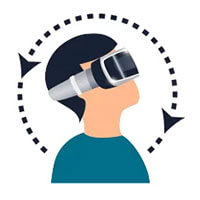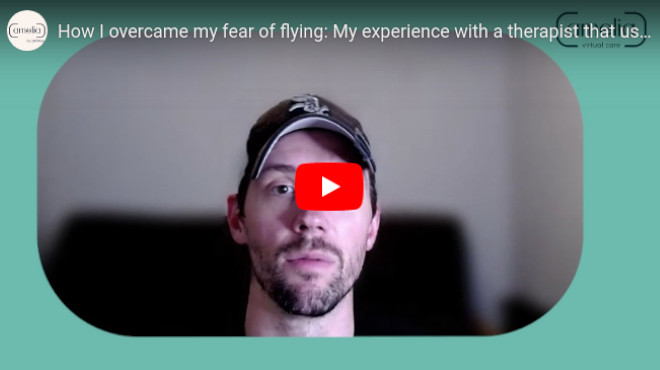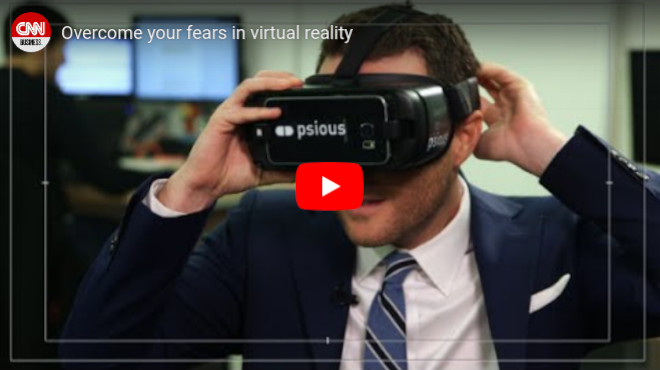Virtual Reality Exposure Therapy (VRET)

VR Exposure Therapy Using the Amelia Platform
First of Its Kind in Sheboygan County
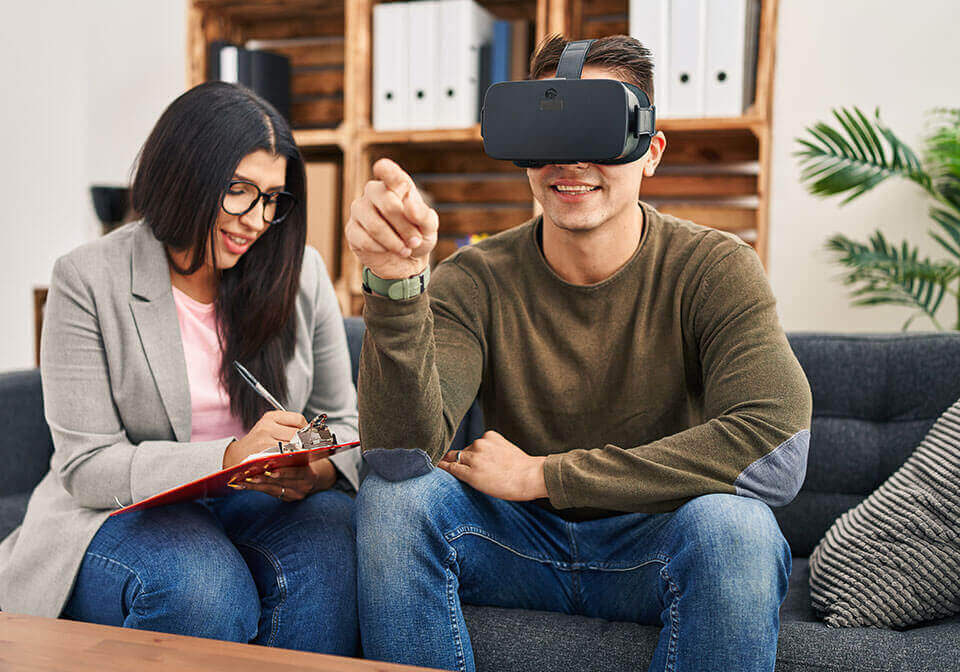
What is virtual reality exposure therapy?
Virtual reality exposure therapy (VRET) is a form of exposure therapy that uses technology. Exposure therapy seeks to help decrease the intensity of the stress responses you might have to situations, thoughts, or memories which provoke anxiety or fear. In a controlled and safe environment you are gradually exposed to specific fears or anxiety-provoking situations you may have. In some cases, it is difficult to recreate the experiences that led to your condition, like a severe motor vehicle accident or a fear of heights, for example. VRET can safely mimic those situations and provide an environment that can simulate the person’s real-life experience. Virtual reality is also used for multiple other therapeutic techniques, like mindfulness, relaxation, EMDR, coping strategies and attention training.

What is virtual reality exposure therapy like?
You’ll spend time getting to know your therapist and discuss which type of exposure therapy, mindfulness skills or relaxation techniques to best meet your needs. Then your therapist will create the environment for your VRET session. You will use a virtual reality headset that creates an immersive environment mimicking the type of environment required. There may be sights and sounds to further recreate and enhance the experience which may invoke an emotional response. Your sessions are designed to help you confront the situations that cause you fear and anxiety, but in a safe and controlled environment. You’ll discuss these immersive experiences with your therapist. Training in coping skills is also a part of therapy using virtual reality.
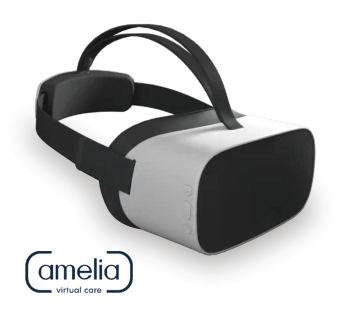
Why does virtual reality exposure therapy work?
When some people experience certain life events, they may have a natural response that creates an intense fear reaction to sights, sounds, or other elements that make them nervous or anxious. This can cause them to avoid situations, like the sound and sight of fireworks for someone with PTSD. As you expose yourself to these things through virtual reality, you have the chance to confront your fear in a safe environment. As with traditional prolonged exposure treatment, virtual reality allows you to learn how to cope with your anxiety or use mindfulness or relaxation and reframe your thinking. This can result in slowly getting used to your fears and coming to terms with the experience. Ideally, over time, your stress responses will become less and less intense.
Step-by-Step: How a VR Therapy Session Works
1
Your therapist will prepare the VR headset, headphones and electrodermal response sensor.
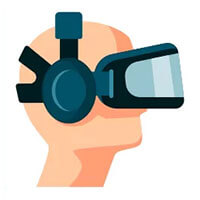
2
The velcro sensors in the electrodermal response sensor will be positioned on your left hand's index and middle fingers.
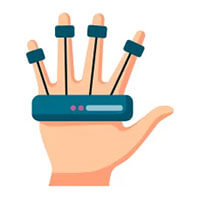
3
When you put on the headset, you'll see a code appear. When you do, let your therapist know. This code will help your therapist pair the VR headset with the platform.
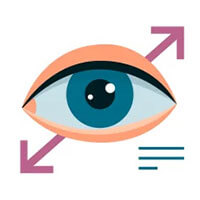
4
You'll now see a field. Please wait for your therapist to prepare the following scene.

5
At this point, your virtual session has begun and your therapist will begin to guide you through the VR scene. During the session, your therapist may ask to you to define your level of anxiety using a scale from 1 to 10.
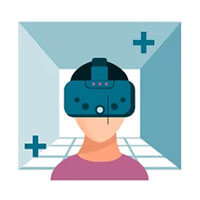
6
VR will transport you to a virtual environment. Part of its success is attributable to your ability to let yourself go and be both immersed and present in the experience. If you do that, you'll have a more vivid VR session that generates emotions and thoughts and helps your therapist support you.
